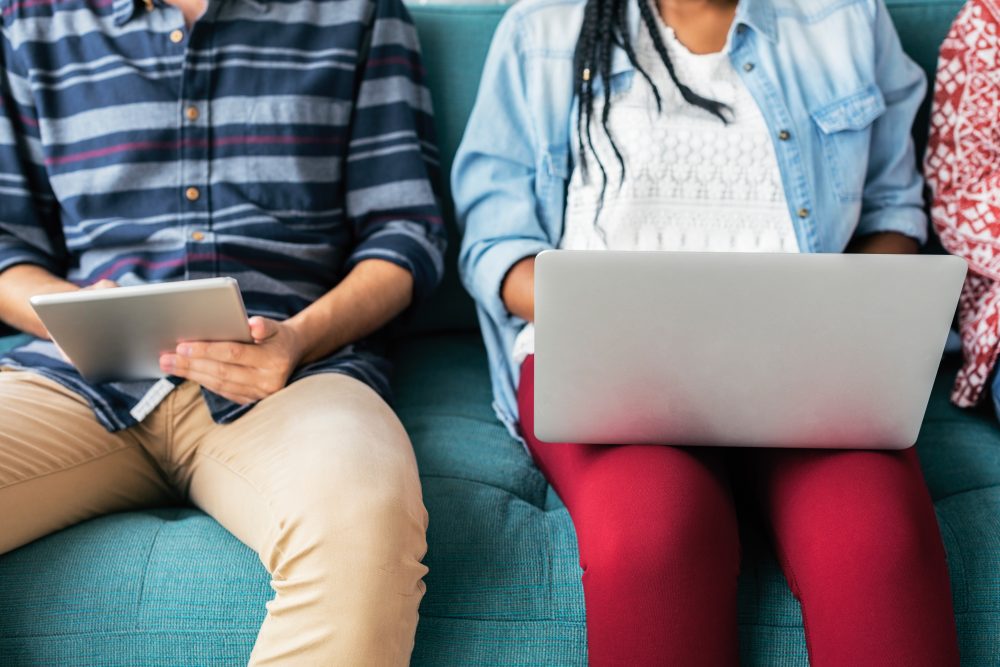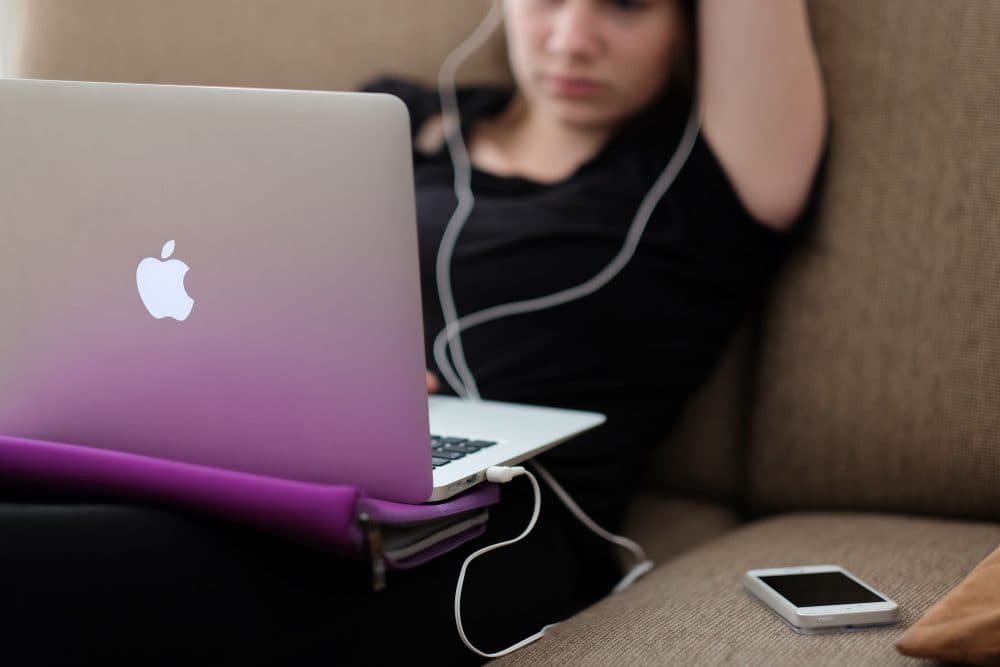Advertisement
commentary
Why Facebook, Twitter And Instagram Belong In The Classroom

Parents who have tried to pry their teenager’s smartphone away at bedtime know that social media can ravage the emotional lives of young people. Children and teens who use social media heavily are more likely to experience anxiety and depression, sleep poorly and express concerns about their body image. As a high school history teacher, I’ve observed how social media create digital distractions in class, since I’m never sure whether students are typing notes on their laptops or updating their Facebook status.
These concerns have led some school officials to ban students from using social networking sites at school. Although the bans are well intentioned, they actually inhibit, rather than promote, educational growth. Despite their potential for misuse, social media tools can also enhance teaching and provide unique learning opportunities for students.
Social media promote authentic assessments that are often more effective than traditional standardized tests. The late Grant Wiggins, one of the first proponents of authentic assessments, emphasized the significant academic benefits of performance-based assignments that require students to present work to a public audience. The emergence of social media tools such as YouTube, Twitter and even Facebook have made such assignments possible.

For example, a history teacher might ask students to create and upload an original video to YouTube that viewers across the country can use to learn about a historical development. In a science class, students could broadcast their lab findings through Facebook Live. In an English class, students might tweet a link to their literary analyses posted on sites like Blogger and WordPress. And in a visual arts class, students could upload pictures of their art to Instagram and receive immediate feedback from the public. These kinds of authentic assessments promote students’ intrinsic motivation and provide meaningful snapshots of academic achievement.
Incorporating social media into curricula also allows students to gain critical media literacy skills that they need to evaluate the quality of information distributed through their networks. According to a recent Pew Research Center poll, 35 percent of respondents between ages 18 and 49 chose social media as the “most helpful” source of information about the 2016 presidential campaign, a preference likely even more prevalent among children and young teens.
Because young people rely so heavily on social media for their news, they must learn how to identify the false conspiracy theories that spread like wildfire on social media sites. In my U.S. history classes last fall, students sometimes expressed political opinions based upon articles they’d encountered on Facebook that had little basis in reality. I’ve also observed that students who use Twitter generally only follow those whose political beliefs align with their own. By teaching students how to carefully weigh evidence and evaluate claims posted on social media sites, instructors empower students to become informed citizens capable of dismissing stories filled with half-truths and blatant lies.

The educational benefits of social media extend beyond civic education to career preparation. Among his seven survival skills required in our global economy, Tony Wagner, author of "Most Likely to Succeed: Preparing Our Kids for the Innovation Era," cites “accessing and analyzing information” and “collaboration across networks and leading by influence” as essential competencies that students need to thrive. These skills require familiarity with social media, especially Twitter, that many professionals now use to enhance their expertise and advance their careers. We do a disservice to older students, especially, if we don’t emphasize how they can leverage the power of social media in professional contexts.
To be sure, school officials need to make sure students use social media appropriately in the classroom. For example, teachers should avoid anonymous social networking sites that increase the chance of cyberbullying, and impose strict consequences on students who misuse social media. Also, school leaders must ensure that teachers know how to adjust privacy settings to prevent inadvertent sharing of inappropriate content with students. More often than not, problems with social media use occur when teachers aren’t aware of what material students can access.
The potential for misuse of social media, however, shouldn’t cause a moral panic that historically surfaces when a nascent technology emerges. After all, Socrates condemned writing as a tool that would damage memories, numerous scholars lamented the overwhelming amount of information unleashed by the printing press and many intellectuals issued apocalyptic warnings about how radio and television would corrupt young minds. We can’t ignore the harmful effects of new technologies bolstered by the internet, but we should remain open to ideas that improve the educational experience for students. Even ideas expressed in 140 characters or less.
